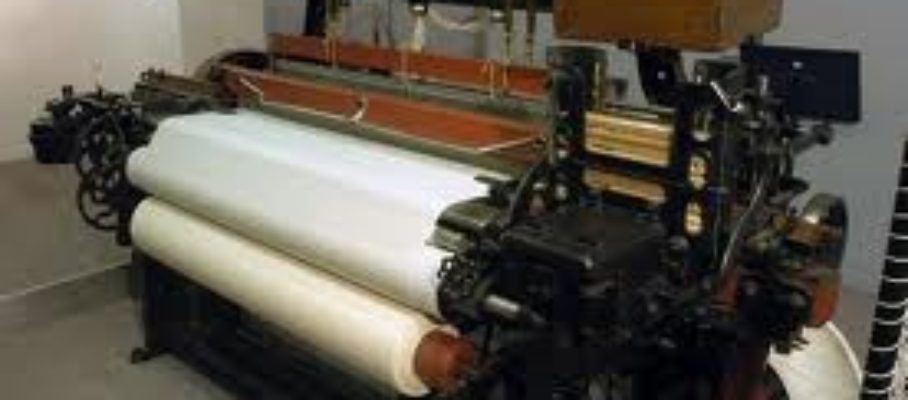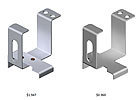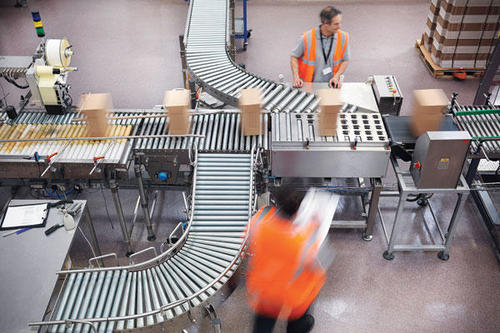Nov 3 2011
The UK’s Financial Times on exceptional companies, including Toyota
Via Scoop.it – lean manufacturing
It is a curious fact that in industry after industry there is at least one company that appears to succeed not by doing the same thing better than everyone else but by playing a completely different game.
Via www.ft.com









Nov 4 2011
Canadian survey: Lean for cost reduction doesn’t work
Via Scoop.it – lean manufacturing

After the consultants leave, savings quickly evaporate. Are you just putting your business on a fad diet?
Via www.canadianbusiness.com
Share this:
Like this:
By Michel Baudin • Press clippings 0 • Tags: Lean manufacturing, Management, Strategy